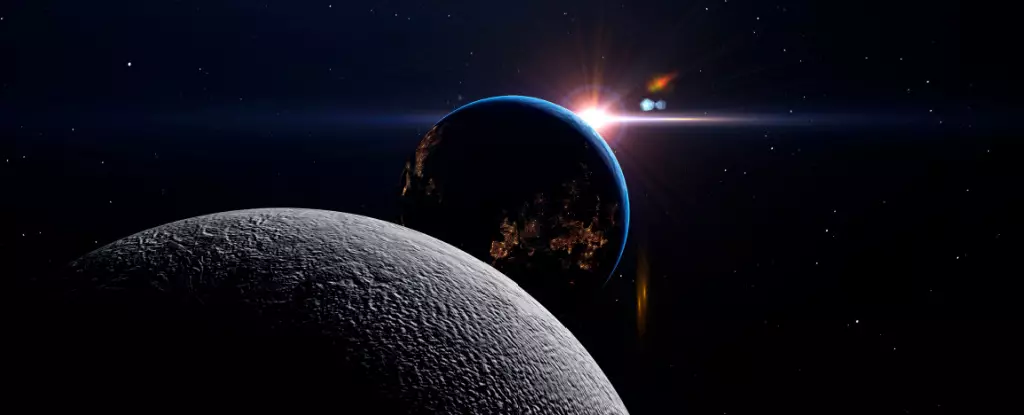Gravity has always been a topic of fascination when it comes to how it affects time. Ever since Albert Einstein introduced his general theory of relativity, scientists have been intrigued by the idea that gravity can actually slow down time. However, it wasn’t until the last decade or so that we had the technology to measure these minuscule time differences between objects under different gravitational pulls. The contrast between Earth’s gravity and the Moon’s gravity has been particularly interesting, given the potential impact on future space missions.
According to a recent study by NASA scientists, the Moon has gained a lead of approximately 1.1 seconds relative to Earth since the last crewed mission to the lunar surface 52 years ago. This may seem like an insignificant amount of time, especially when considering that the Moon’s time stretches ahead by only 57 millionths of a second each day compared to Earth. However, as NASA prepares for its upcoming crewed missions to the Moon and beyond, this difference in time could make a significant impact on navigation systems.
With NASA’s Artemis missions scheduled to return astronauts to the Moon by 2026, the accuracy of navigation systems becomes crucial. The need for a unified time reference system for the Moon, agreed upon by various space agencies, has become a priority. The recent study on the time difference between Earth and the Moon provides valuable insights into how gravity influences time and underscores the importance of precise timing in space exploration.
Despite the progress made in understanding the nuances of time measurement in space, there are still challenges to be addressed. The discrepancies between different research findings on the exact time difference between Earth and the Moon highlight the need for further collaboration and peer review. Agencies and international bodies, such as the International Bureau of Weights and Measures and the International Astronomical Union, are set to convene in August to discuss and validate the findings.
As we continue to unravel the mysteries of gravity’s impact on time, it is essential to keep an eye on how our own planet is changing. Earth’s rotation is gradually slowing down, leading to slightly longer days, while human activities contribute to alterations in its spin. By studying the subtle interplay between gravity and time, we not only enhance our understanding of the cosmos but also pave the way for future space exploration endeavors with greater precision and accuracy.



Leave a Reply